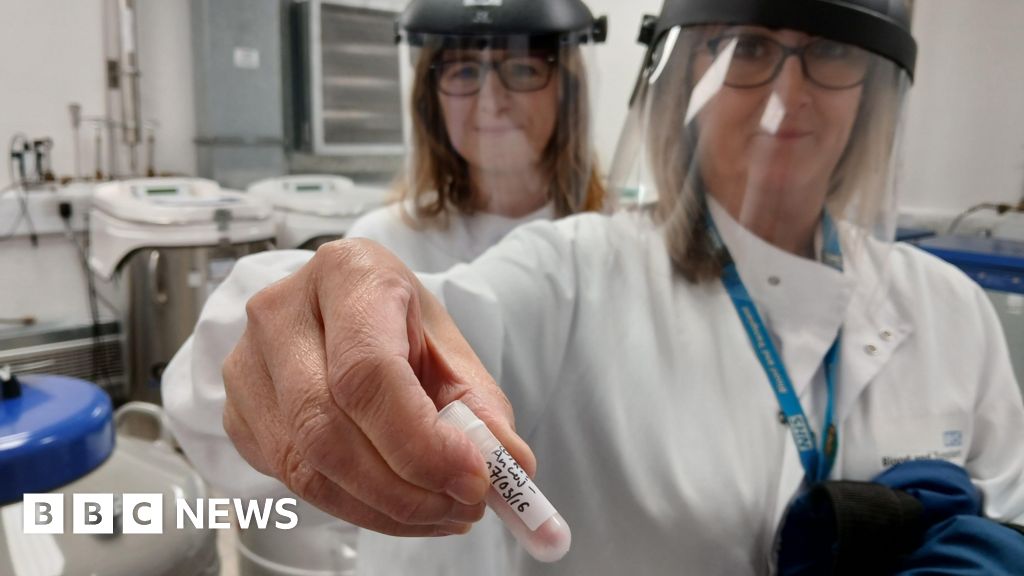- cross-posted to:
- science@lemmy.world
- cross-posted to:
- science@lemmy.world
The research team, led by NHS Blood and Transplant (NHSBT) scientists in South Gloucestershire and supported by the University of Bristol, found a blood group called MAL.
They identified the genetic background of the previously known AnWj blood group antigen, which was discovered in 1972 but unknown until now after this world-first test was developed.



The citation of interest:
Deletions in the MAL gene result in loss of Mal protein, defining the rare inherited AnWj-negative blood group phenotype https://doi.org/10.1182/blood.2024025099
Key Points
The genetic background of the high prevalence red blood cell antigen AnWj has remained unresolved since its identification in 1972, despite reported associations with both CD44 and Smyd1 histone methyltransferase. Development of anti-AnWj, which may be clinically significant, is usually due to transient suppression of antigen expression, but a small number of individuals with persistent, autosomally-recessive inherited AnWj-negative phenotype have been reported. Whole exome sequencing of individuals with the rare inherited AnWj-negative phenotype revealed no shared mutations in CD44H or SMYD1, but instead we discovered homozygosity for the same large exonic deletion in MAL, which was confirmed in additional unrelated AnWj-negative individuals. MAL encodes an integral multi-pass membrane proteolipid, Myelin and Lymphocyte protein (Mal), which has been reported to have essential roles in cell transport and membrane stability. AnWj-positive individuals were shown to express full-length Mal on their red cell membranes, which was not present on the membranes of AnWj-negative individuals, whether of an inherited or suppression background. Furthermore, binding of anti-AnWj was able to inhibit binding of anti-Mal to AnWj-positive red cells, demonstrating the antibodies bind to the same molecule. Over-expression of Mal in an erythroid cell-line resulted in expression of AnWj antigen, regardless of the presence or absence of CD44, demonstrating that Mal is both necessary and sufficient for AnWj expression. Our data resolve the genetic background of the inherited AnWj-negative phenotype, forming the basis of a new blood group system, further reducing the number of remaining unsolved blood group antigens.